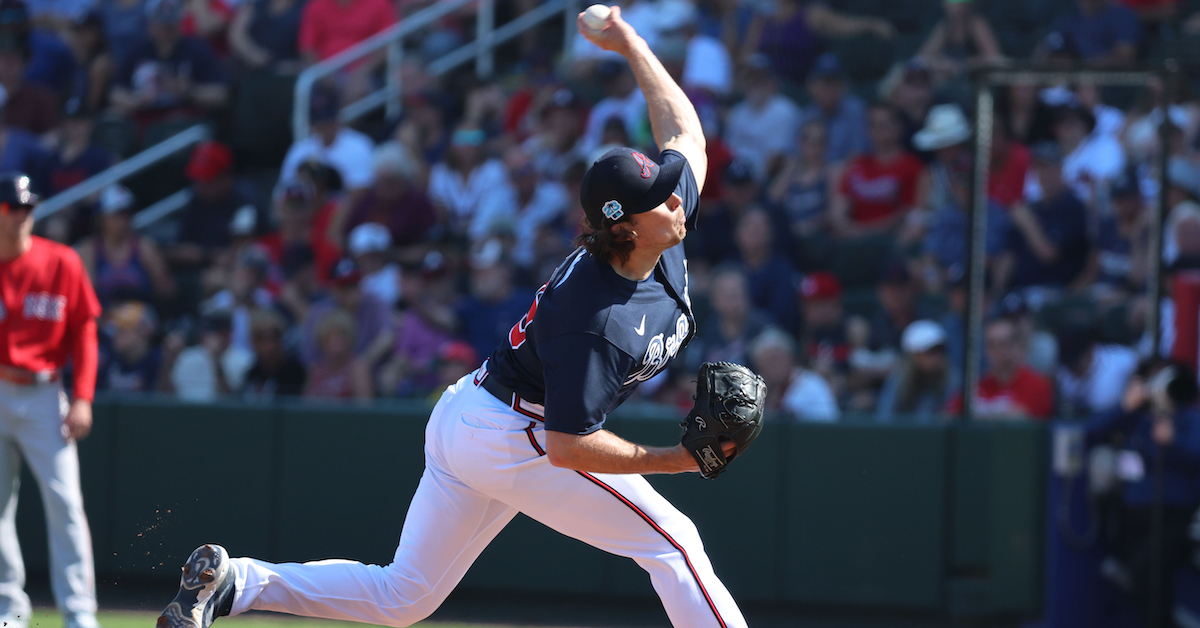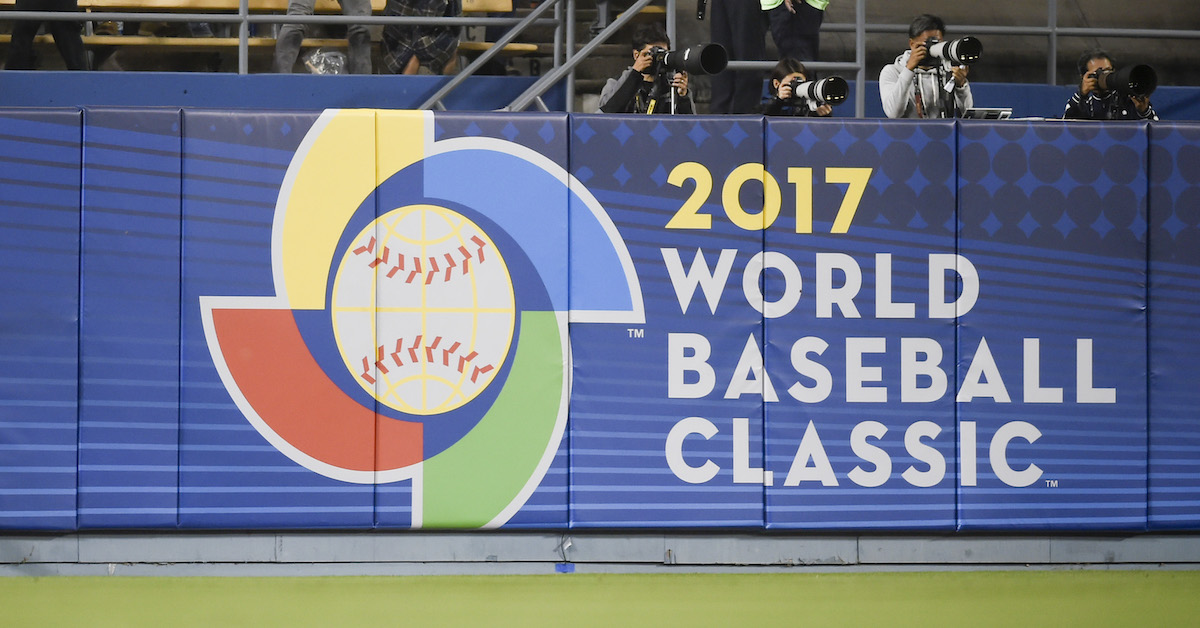A Small Top 100 Prospects Update, Headlined by Ethan Salas and Andrew Abbott

Let’s dive right into a few incremental changes to the Top 100 prospects list, as well as a couple of non-Top 100 additions.
Cardinals lefty Matthew Liberatore has had a velo spike — he’s frequently reaching back for 96 and 97 when he wants, and his fastball is averaging 94.5 mph. That’s up about a tick and a half from his average in 2022, when he ran an ERA well north of 5.00 across about 150 combined innings split mostly between Triple-A and seven big league starts. Libby has had frequent enough velocity fluctuations during his time as a prospect to anticipate it will be a thing he deals with throughout his career, but his repertoire depth and the long-haul projection for his command will enable him to compete even when he doesn’t have his peak stuff. That’s largely why he was kept on the Top 100 this past offseason even though he had a poor 2022.
His FV isn’t changing in light of the spike (again, it’s fair to bet Liberatore’s peak velo will continue to yo-yo), but his report has been updated and he’s sliding up about 20 spots, from the very back of the list (where he sat with other bounce-back candidates) into the part of it that includes the other major league ready fourth starters. He’s probably better than Jake Woodford is right now, but St. Louis would be burning Woodford’s last option to swap them one-for-one. Woodford was effective in relief last year and could shift into that role again while a current ‘pen occupant is sent down instead, but the Cardinals don’t have an obvious candidate for that, as their big league relievers are largely either pitching well or are out of options. Read the rest of this entry »









